Enhanced geothermal projects could reach hundreds of megawatts in size and could be deployed at “many more places” than conventional geothermal technology, as technological advances lead to near-term cost competitiveness, says a journal article.
The review article “Enhanced geothermal systems for clean firm energy production” was written by three researchers and three enhanced geothermal industry participants, and published in the journal Nature Reviews Clean Technology.
Enhanced geothermal systems (EGS) typically use a hydraulic fracturing technique developed for oil and gas production to fracture the hot layer of rock below the earth’s surface. An injection well delivers water to the fractured rock, where the water is heated, and a production well delivers heated water to the surface, where it can be used for electricity generation, heating, or both.
While traditional geothermal systems depend on rare natural occurrences of a reservoir of heated water in permeable rock, EGS systems do not, and therefore could be employed “in many more places,” the article says.
Cost declines
Technological advances, including the use of polycrystalline diamond compact bits and multi-well drilling pads, are reducing drilling times and yielding lower costs for EGS.
As a result, “EGS is expected to be scaled to much larger projects (for example, hundreds of megawatts electrical) at a cost that is competitive with other sources of electricity.”
The article highlights cost targets published by the U.S. Department of Energy (DOE), in a 2024 “Liftoff” report on next-generation geothermal power. A fact sheet for that report says “technical advancements could bring costs down to $60-70 per megawatt-hour by 2030, offering profit margins of $10 to $30 per MWh at current prices. These reductions would put advanced geothermal on track to meet the DOE’s target of $45/MWh by 2035.”
The authors said DOE’s liftoff report “suggests that EGS is on track to achieve costs of energy competitive with other clean, firm power sources in the near term.” (The Liftoff report was not available on DOE’s website at press time.)
Flexible supply
The authors noted that flexible generation by EGS could help balance intermittent renewable generation. Some conventional geothermal power plants already operate in dispatchable mode, they said, such as one in Hawaii. “Owing to the greater degree of control possible over EGS injector–producer well pairs” compared with conventional geothermal systems, “it is expected that EGS will be able to flexibly dispatch electricity.”
Seismicity risk
“Induced seismicity” from hydraulic fracturing “is an important issue for EGS,” the authors say, as earthquakes associated with EGS development “can impact social acceptance and risk loss of a project’s social license to operate.”
Fervo Energy, which has developed a full-scale commercial pilot EGS in northern Nevada, said the project was completed without creating any seismic activity, and that the company had implemented an induced seismicity mitigation protocol following best practices established by DOE.
The paper’s six authors work at Stanford University, Electricite de Strasbourg in France, the California consulting firm ResFrac, Fervo Energy, and Lawrence Berkeley National Laboratory.
This content is protected by copyright and may not be reused. If you want to cooperate with us and would like to reuse some of our content, please contact: editors@pv-magazine.com.
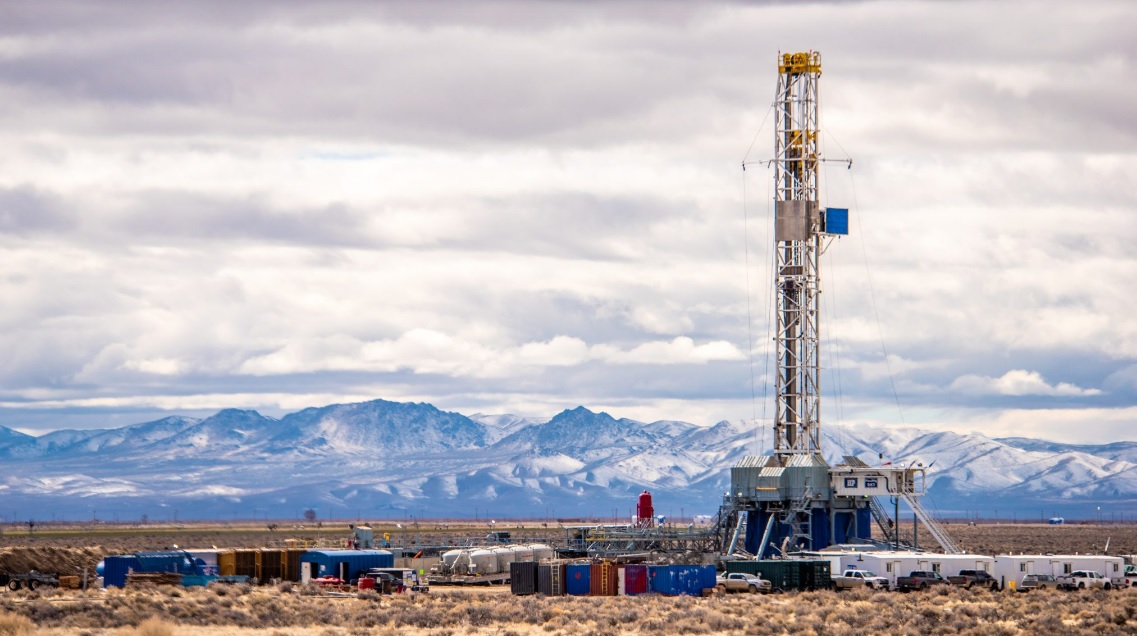
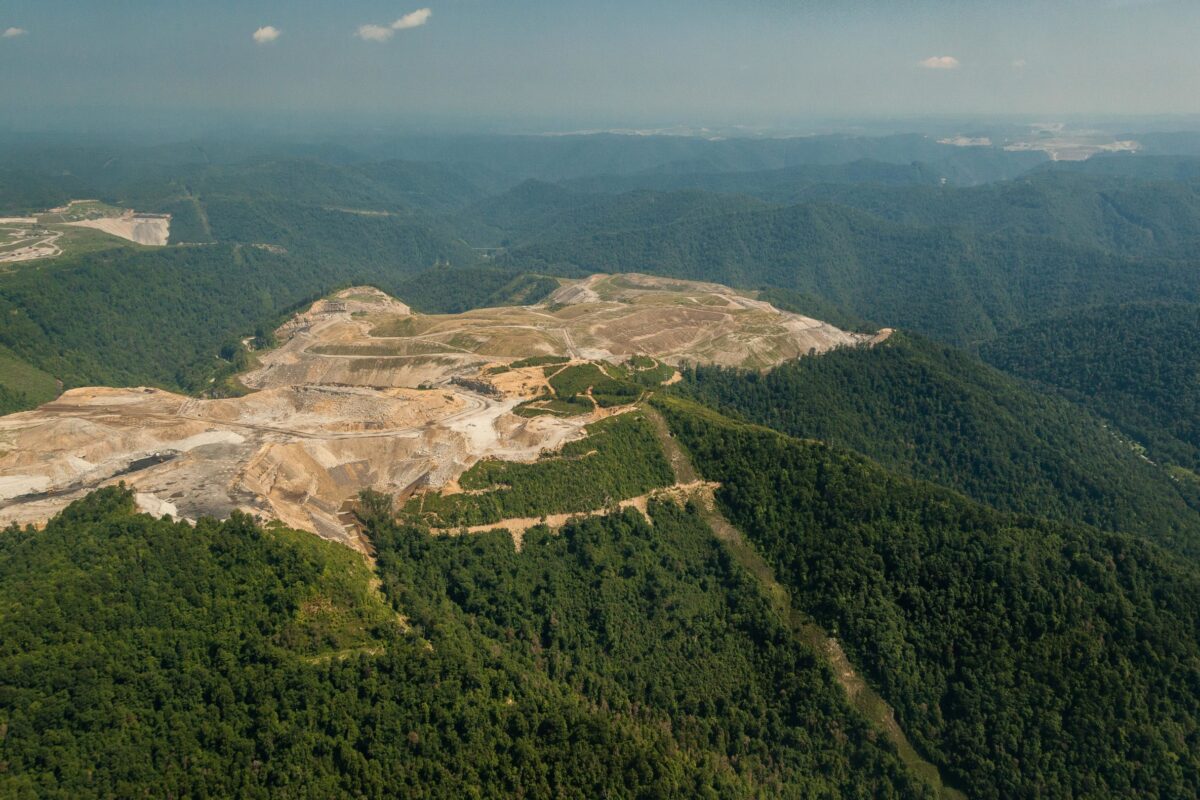

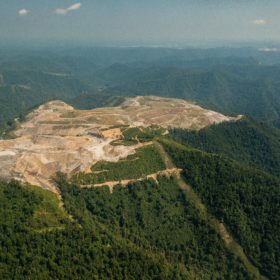

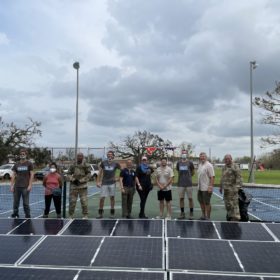
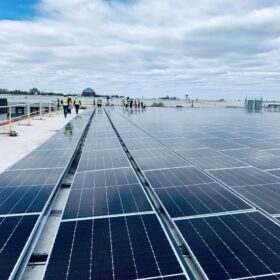

By submitting this form you agree to pv magazine using your data for the purposes of publishing your comment.
Your personal data will only be disclosed or otherwise transmitted to third parties for the purposes of spam filtering or if this is necessary for technical maintenance of the website. Any other transfer to third parties will not take place unless this is justified on the basis of applicable data protection regulations or if pv magazine is legally obliged to do so.
You may revoke this consent at any time with effect for the future, in which case your personal data will be deleted immediately. Otherwise, your data will be deleted if pv magazine has processed your request or the purpose of data storage is fulfilled.
Further information on data privacy can be found in our Data Protection Policy.